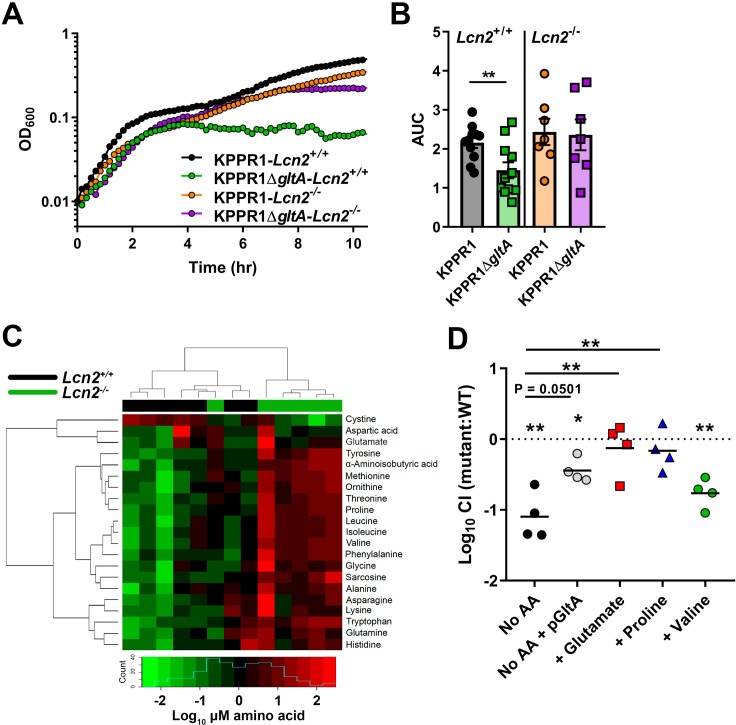Fig 4. Bronchoalveolar lavage fluid from Lcn2-/- mice can sustain growth of KPPR1ΔgltA due to increased amino acid levels.
(A) Murine bronchoalveolar lavage fluid (BALF) was obtained from uninfected C57BL/6J mice or isogenic Lcn2-/- mice, and WT KPPR1 and KPPR1ΔgltA were grown in BALF (representative curve displayed). (B) Area under curve (AUC) analysis was used to compare growth of WT KPPR1 and KPPR1ΔgltA in Lcn2+/+ and Lcn2-/- BALF. (n = 7–11 per group, paired t test, mean displayed ± SEM, **P < 0.005). (C) Heatmap of amino acid concentrations in BALF obtained from uninfected C57BL/6J mice or isogenic Lcn2-/- mice subjected to metabolomic analysis (n = 6–7 mice per group). Blue histogram in inset indicates composite amino acid concentration values in heatmap matrix. (D) Murine bronchoalveolar lavage fluid obtained from uninfected C57BL/6J mice with or without amino acids was inoculated with a 1:1 mix of WT KPPR1 and KPPR1ΔgltA or WT KPPR1 and KPPR1ΔgltApGltA. Bacterial burden was measured after 24 hours, and log10 competitive index of the mutant strain compared to the WT strain was calculated for each sample (n = 4 per group, **P < 0.005, ***P < 0.0005, ****P < 0.00005, one-sample t test or Tukey’s multiple comparison test following ANOVA).

